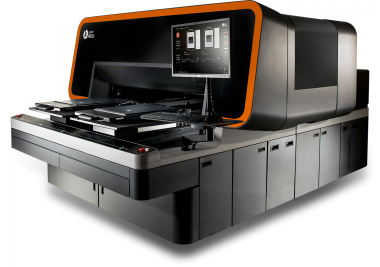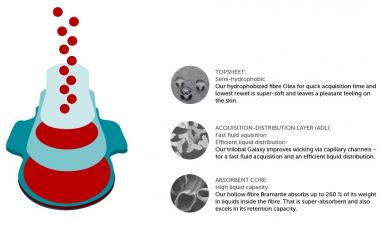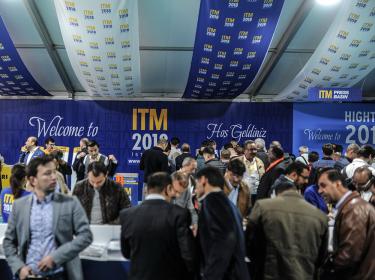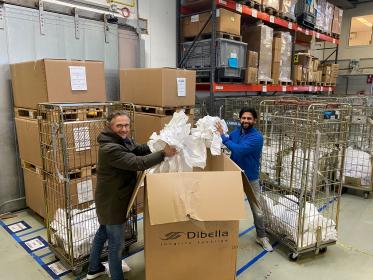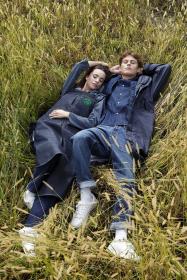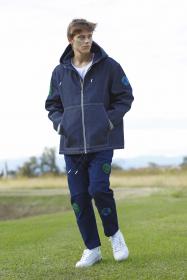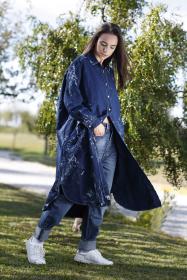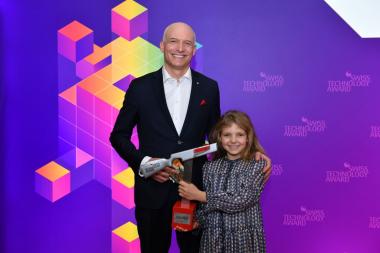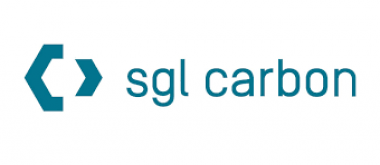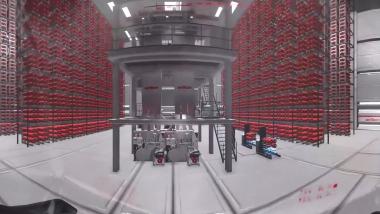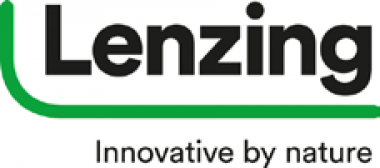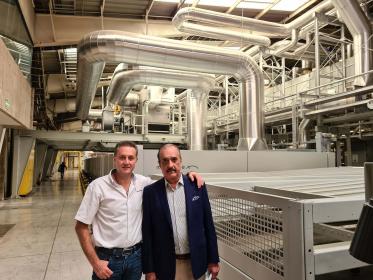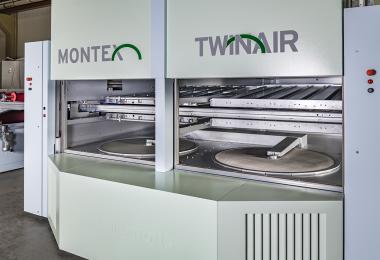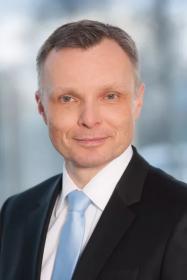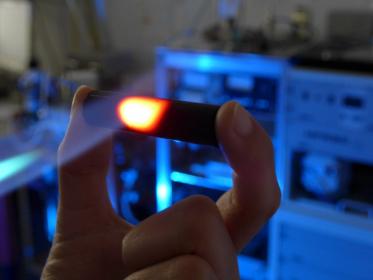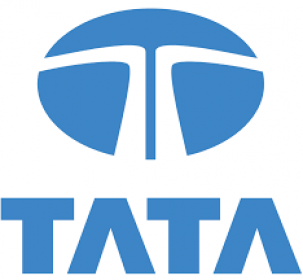Kornit Digital: Reclameland succeeds with Kornit Production Capabilities
Kornit Digital, a worldwide market leader in digital textile printing technology, announced Westerbroek, Groningen-based Reclameland has invested nearly €20 million in a second production hall and state-of-the-art machines, including the Kornit Atlas system for industrial direct-to-garment (DTG) production on demand, in the past year to further accelerate growth. The fastest-growing online printer in the Netherlands, Reclameland achieved a turnover of almost €23 million in 2019 and a profit of more than €1 million.
Now the second-largest business of its type in the Netherlands, Reclameland’s workforce grew by 20% in the past year, enabling them to handle most production operations internally. They attributed increased demand for printed pieces to a strong growth in online buying, for both consumers and businesses.
“2019 marked the definitive breakthrough of online printing, and we have established ourselves as a total print solutions provider for signage, banners, posters, flags, and other digitally printed textiles,” says Wouter Haan, CEO of Reclameland. "By continuously innovating, we can serve every type of customer. Our investment in Kornit technology has empowered us to imprint more than a thousand garments per day with a single operator, meeting the retail quality, wash and light fastness, and sustainability standards of the world’s largest apparel brands.”
“Reclameland demonstrates the vast opportunities on-demand producers have when they diversify their product offerings and align their operations for a marketplace that increasingly relies on e-commerce,” says Chris Govier, KDEU Managing Director. “Kornit technology offers the perfect foundation for making that business model a success, eliminating slow and costly steps between buyers seeing a brilliantly-designed piece virtually and having it in their hands. We are proud to support Reclameland as they grow to fulfill the promise of digital commerce.”
pr4u


